
- Builder
- J. G. Brill Co.
- Description
- 12 Bench open car
- Secondary Use
- None
- Type
- City and Suburban Streetcars
- Year
- 1900
- Retired from Service
- 1939
- Acquired by the Museum
- 1939
- Note
- No. 31 is in good condition but requires some paint and mechanical work.
- Fund
- 531
Biddeford & Saco Railroad Co. 31
From Saco, Maine
History
Biddeford & Saco No. 31 is the museum’s oldest open car and the museum’s first car. It is the oldest surviving Brill design electric open car. The car rides on Brill’s patented 22E “maximum traction” trucks. This design featured two large wheels mounted on the axle driven by the motor and two small “pony” wheels on the other axle. The truck was designed to throw more weight on the motored axle so that maximum traction might be obtained without spinning the wheels. Gone from most of the big cities by the 1920s, open cars survived in areas where their capacity made their short operating season financially viable. One such area was the cities of Biddeford and Saco in Maine, where the local trolley line served the resort town of Old Orchard Beach. Ridership to Old Orchard was insufficient to fill a twice hourly Birney Car for nine months out of the year, but ballooned to enormous traffic during the summer. The summer loads often required double-headed 12 bench opens running on a 15 minute headway. In the spring of 1939, a group of college age men from the Boston area, chartered cars and spent the day riding back and forth between Biddeford and Old Orchard. Buses were already on order to replace the streetcars, and while riding an open car, one was heard saying “Someone ought to save one of these cars.” Someone else chimed in, “Why can’t it be us?” Lively discussion ensued, and by the time the trip was over, a decision had been made to try and purchase the car they were riding in, No. 31.
The Biddeford & Saco agreed to sell the car for $150, provided that the purchasers removed the car from the cities within a fixed time period after trolley service ended. Facing several obstacles, including raising the $150, this group of men managed to raise the price of the car plus the cost of moving it, leased a small plot of land off Log Cabin Road on the Arundel-Kennebunkport border, and succeeded in moving the car over the road about nine miles using makeshift equipment. An initial payment was made on July 5, 1939, on the same day that buses replaced the cars. Final payment was nine days later. Thus was born the Seashore Trolley Museum, and, in general, street railway preservation. In 1979, Senator Edmund Muskie rode No. 31 at the celebration of the museum’s 40th anniversary.
In June of 1999, to celebrate the 60th anniversary of the saving of No. 31, which resulted in the birth of Seashore Trolley Museum, No. 31 returned to Biddeford, Saco and Old Orchard Beach, for the first time in 60 years, for an eight-day home tour. No. 31 was displayed outside what is now the Saco Museum and then at various former trolley stops in Biddeford and Old Orchard Beach. The tour also included No. 31’s participation in Biddeford’s LaKirmesse parade. No. 31 returned to Seashore just before Seashore’s 60th anniversary celebration in early July 1999.
Technical Information
- Seats: 60
- Control: K-36J
- Compressor: CP-25
Trucks
- Number: 2
- Manufacturer: Brill
- Model: 22E
Motor
- Number: 2
- Manufacturer: General Electric
- Model: 200
Weight and Dimensions
- Length: 36’ 6.00"
- Width: 8’ 2.00"
- Height: 11’ 6.00"
Additional Images
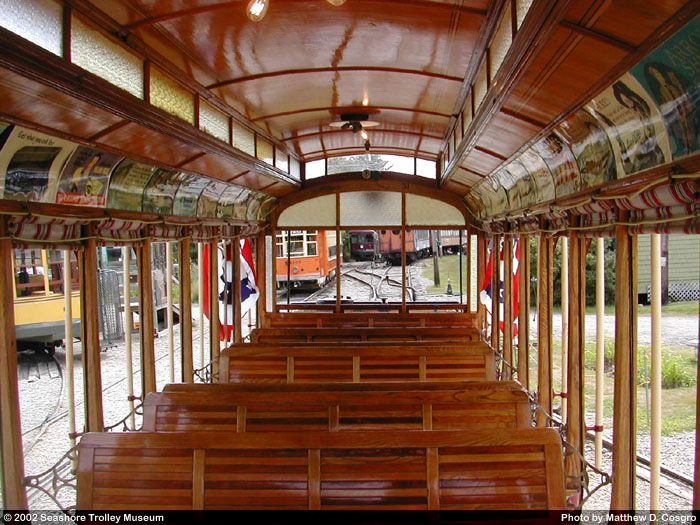
Matthew D. Cosgro in 2002
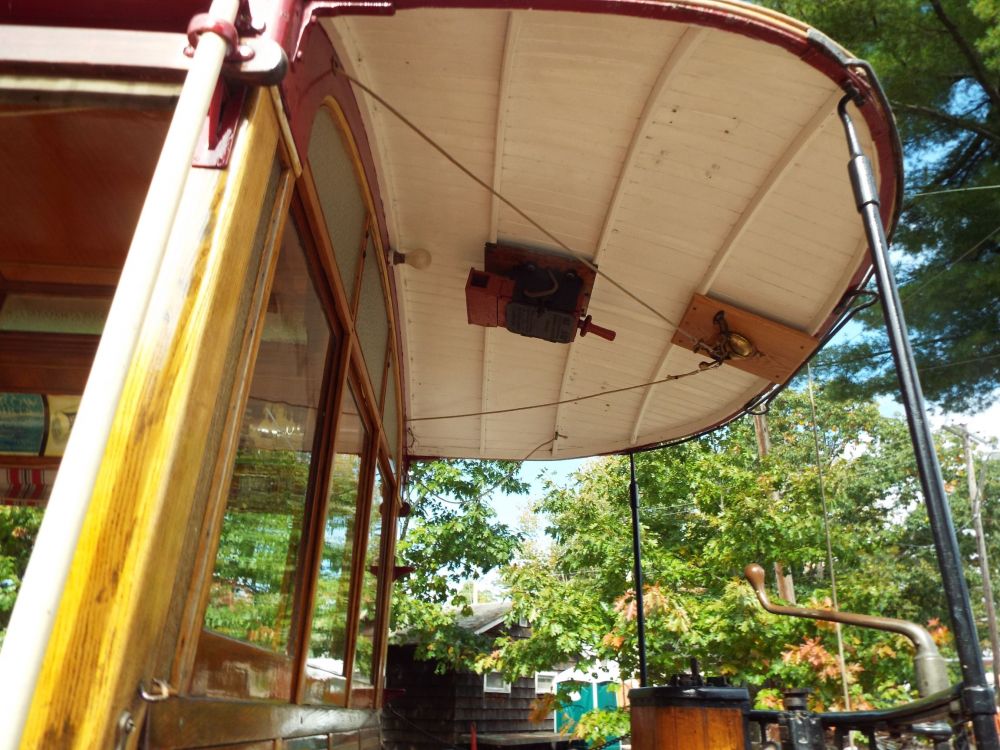
Kenyon F. Karl on 10/06/18
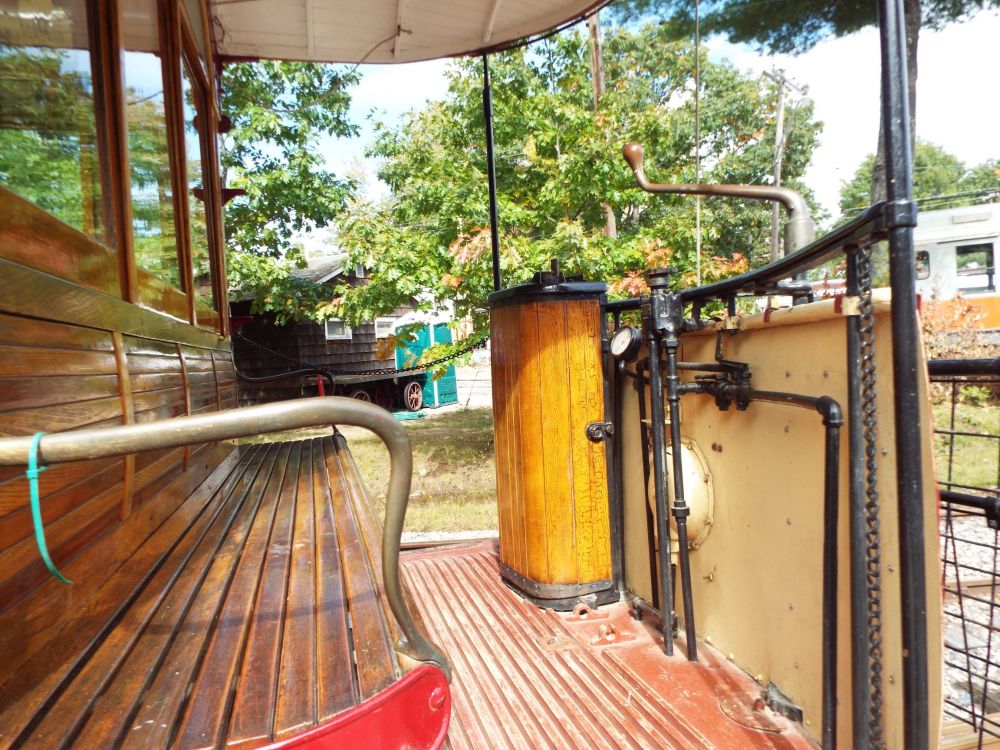
Kenyon F. Karl on 10/06/18
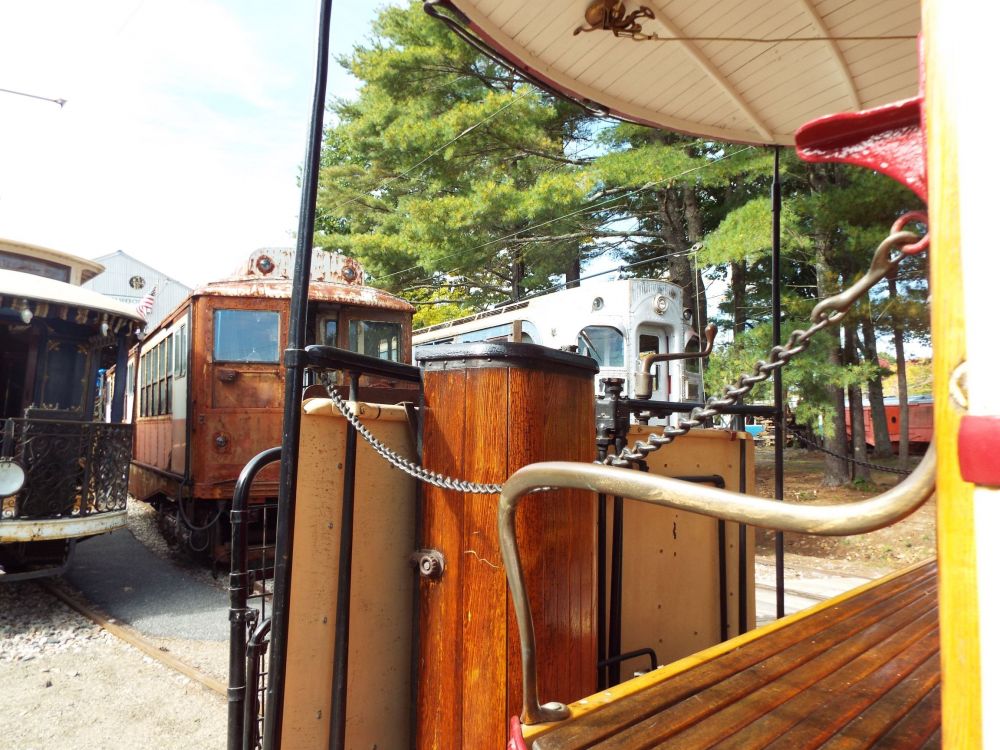
Kenyon F. Karl on 10/06/18
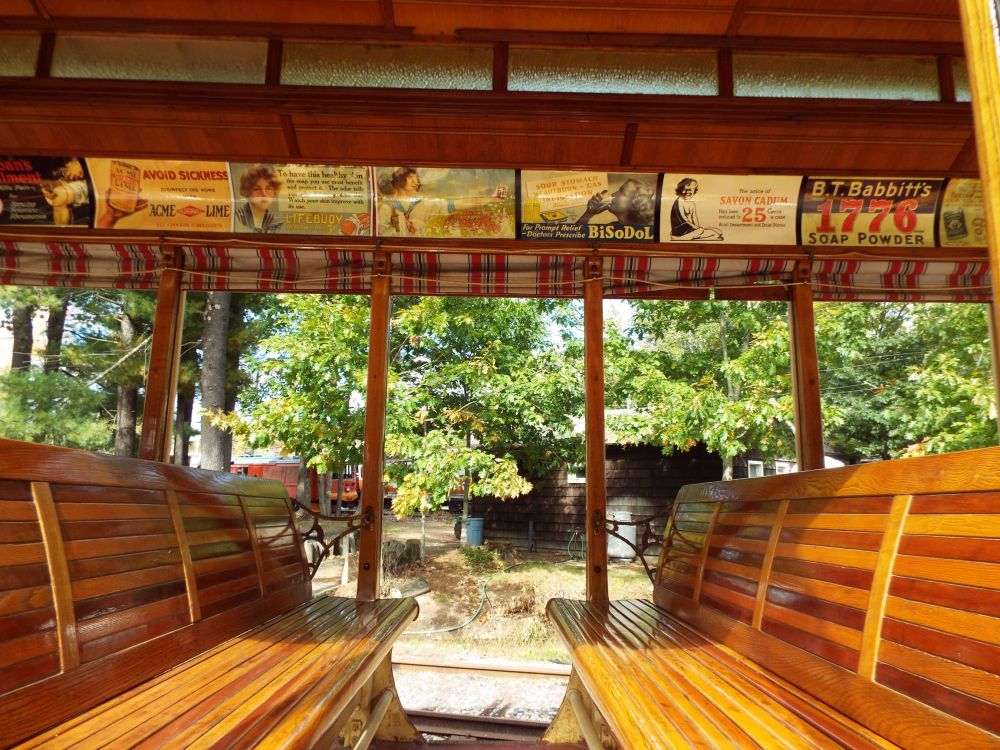
Kenyon F. Karl on 10/06/18

07/01/89
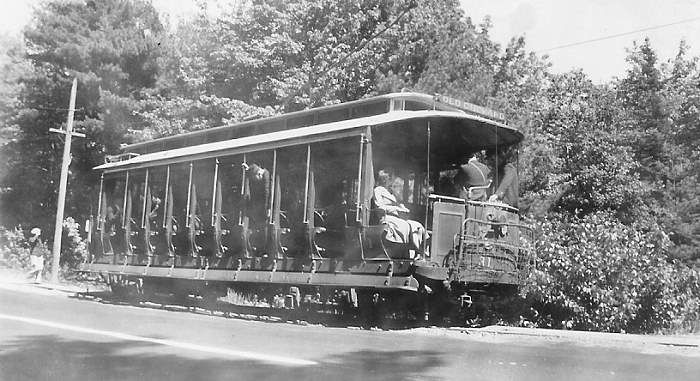
Stephen M. Scalzo collection in newdavesrailpix.com

Frederick Maloney Collection
© 1998 - 2026 New England Electric Railway Historical Society. All Rights Reserved.